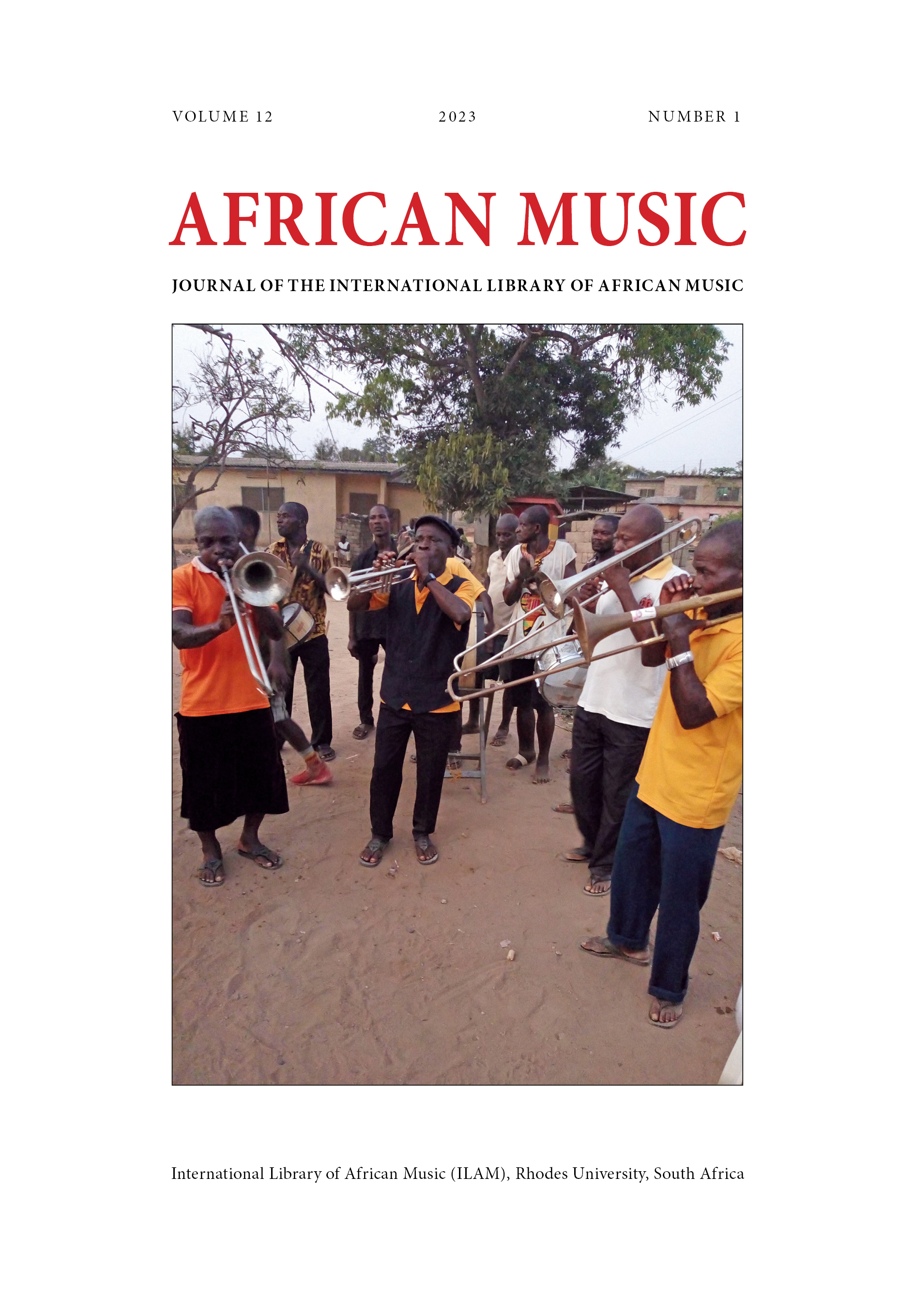Main Title
Kwaito as history
Alternative Title
Abstract
Considering it in relation to the earlier musical culture of kwaito, this article aims to begin a historicisation of the Black, township music of amapiano. “Kwaito as history,” much like the musical cultures in question, is ambiguous in that it considers kwaito and the musics that preceded it as part of amapiano’s history and as a tool to study the history of the latter musical form. I do this by positioning amapiano within a longer history of Black township music, focusing mbaqanga, bubblegum, and kwaito. In this article, I demonstrate how amapiano’s emphasis on dance; the role of the township; and broader conceptions of a Black South Africa no longer divided along ethnic lines can be traced back to earlier forms such as marabi and mbaqanga. I show how the music’s new modes of politics; the broad influence of Euro-American styles; and use of new technologies (specifically synthesised sounds) show a clear connection with bubblegum. Concerning kwaito and amapiano, I compare the issues of the date and place of origin; the role of international sonic preferences; the innovative approaches of young, Black township residents to music-making and dissemination. I have used existing historical accounts of Black, township dance music to demonstrate the multivocal and ambiguous nature of these histories.
Type of Resource
Language
Created at Date
28/04/2025
Associated Entities
Additional Date
Created at Country
Located at
Subject
In Collection
Preview Image

Identifier
Resource Type
-
TypeDigitalDescriptiontextNotepages: 21-36Methodborn digital
